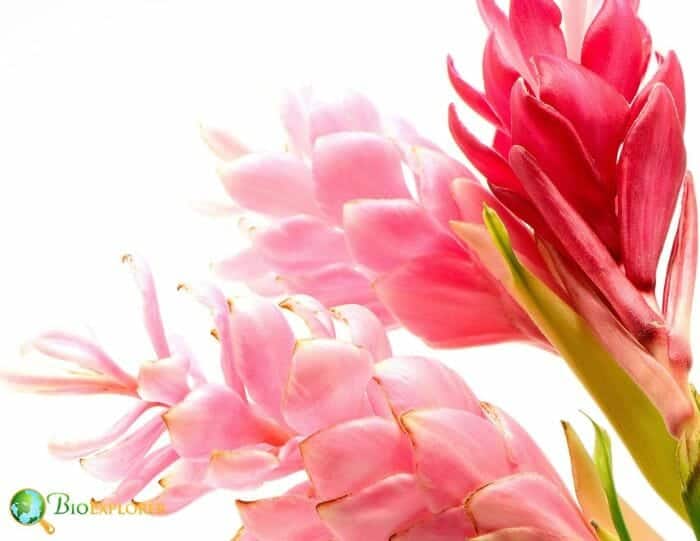Ginger

Ginger is the popular name for the perennial herb Zingiber officinale, an upright plant in the family Zingiberaceae that is widespread for its edible underground horizontal stem (rhizome).

The term is also used to refer to this aromatic and flavorful rhizome, usually dried and prepared as a well-known spice and is often referred to as ginger root.

Broadly, the term ginger can also be applied to all plants of the genus Zingiber (the “real ginger“), and the Zingiberaceae family is referred to as the “ginger family“.

The Zingiberaceae contains around 56 genera and around 1, 300 species[1]. The common name includes true ginger, common ginger, and Canton ginger.

The leafy stalks of ginger are about a meter tall. The leaves are 15 to 30 cm (6 to 12 inches) long, oblong, alternate in 2 vertical rows, and come from the sheaths surrounding the stalks.
The flowers have dense conical spikes about an inch thick and two to three inches long and consist of overlapping green bracts with yellow edges. Each bract contains a single, small greenish-yellow and purple flower.
Cite this page
Bio Explorer. (2026, January 2). Ginger. https://www.bioexplorer.net/plants/flowers/ginger/
